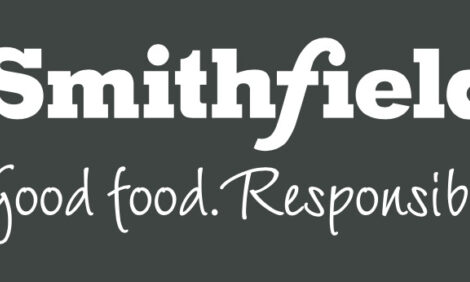



Lower Costs Make Genomic Selection of Pig Breeding Stock Economically Viable
CANADA - A Senior Geneticist with Fast Genetics says the cost of genetic evaluation has fallen to a level that makes the technology practical for every selection candidate, writes Bruce Cochrane.Genomics is the study of the genome of an organism and, in the case of pork production, it's the genome of the pig.
The use of genomics to identify the presence of desirable traits in breeding stock within the pork industry has become increasingly popular.
Murray Duggan, a Senior Geneticist with Fast Genetics, says when selecting breeding stock we're all about production efficiency, the ability to raise a large litter of pigs, large weaning weights, rapid growth rates, good feed conversion and ultimately good carcass and meat quality.
Murray Duggan-Fast Genetics:
The first human genome was published in 2003 and cost $3.8 billion dollars, something like $1.27 per individual base pair if you figured that on 3 billion base pairs.
Now we're down to being able to get 50,000 usable SNIPS on an animal for something less than $20.
With pigs, they have a high productive rate and they have a short generation interval so one sow and one boar can generate a lot of new pigs in a year.
At the kind of prices, historical prices for sequencing or genotyping, that was not practical because of the number of animals that were involved.
With a cheap economical good quality genomic evaluation, now it's practical to do every selection candidate and then we can make our decisions on which ones we want to keep for further testing, which ones we can eliminate immediately as being not quite good enough.
Duggan anticipates genomics will provide more accurate pedigrees and better evaluations earlier in life.
He says we'll also be able to trace a pork chop back to its herd of origin so it can be used for DNA based traceability, we can use it to find genetic defects and we can use it to find carcass traits that, in the past, could only be identified after the animal had been killed.






